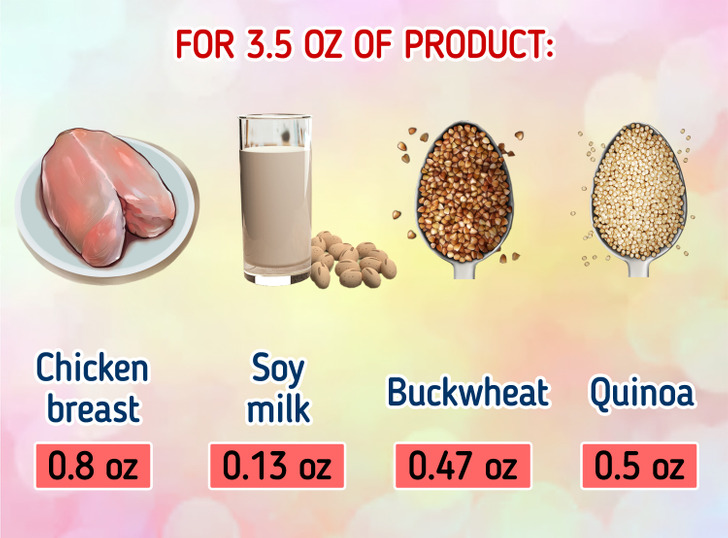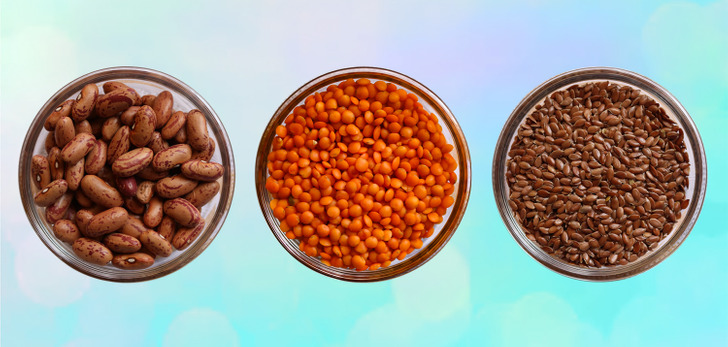What to Replace Animal Protein With
We all know that meat is a good source of protein. But not all people consume it — some exclude meat from their diet for ethical reasons, while others, for medical ones. So two big questions remain: what can you replace animal protein with, and is it even possible?
5-Minute Crafts made a list of plant foods that you can get a relatively high amount of protein from.
Why it’s important
From school time, we remember that our body needs protein. But why? Protein is what promotes the growth and repairing of cells. Proteins are made up of so-called building blocks, or amino acids, which are actively used by the body for the growth and strengthening of muscles and bones, as well as for the production of various enzymes and hormones. Your body can reproduce some amino acids on its own (there are 11 of them), but there are also some that come only from the outside with food (there are 9 of them). That’s why it’s important to include products in your diet that can provide the body with all the necessary amino acids.
Alternative sources of protein

There are 2 types of protein sources: products that contain all the necessary amino acids for the body and products where some of them are absent. Of course, this doesn’t mean we need to neglect the latter. On the contrary, even though these products don’t contain all the necessary amino acids, they are still very useful. Let’s first look at complete protein sources:
These products contain all the amino acids we need — just like meat, poultry, or eggs. However, keep in mind that despite the presence of amino acids, the amount of protein in 3.5 oz of something can vary greatly. To compare, 3.5 oz of chicken breast contains 0.8 oz of protein, while soy milk contains 0.13 oz of protein; quinoa, 0.5 oz; and buckwheat, 0.47 oz.

Other foods normally lack some of the essential amino acids. However, there is a way out — you can combine different types of food with each other and eventually get a “complete set.” Here are some alternative protein sources:
- Lentils
- Chickpeas
- Kidney beans
- Peas
- Flaxseed
- Pumpkin seeds
- Almonds
- Oats
- Asparagus
- Broccoli
- Spinach
This list can be complemented with brown and wild rice. Despite the fact that these foods are considered rich primarily in carbohydrates, they also contain a lot of protein: 0.14 oz per 3.5 oz of product. They’re also good sources of fiber.